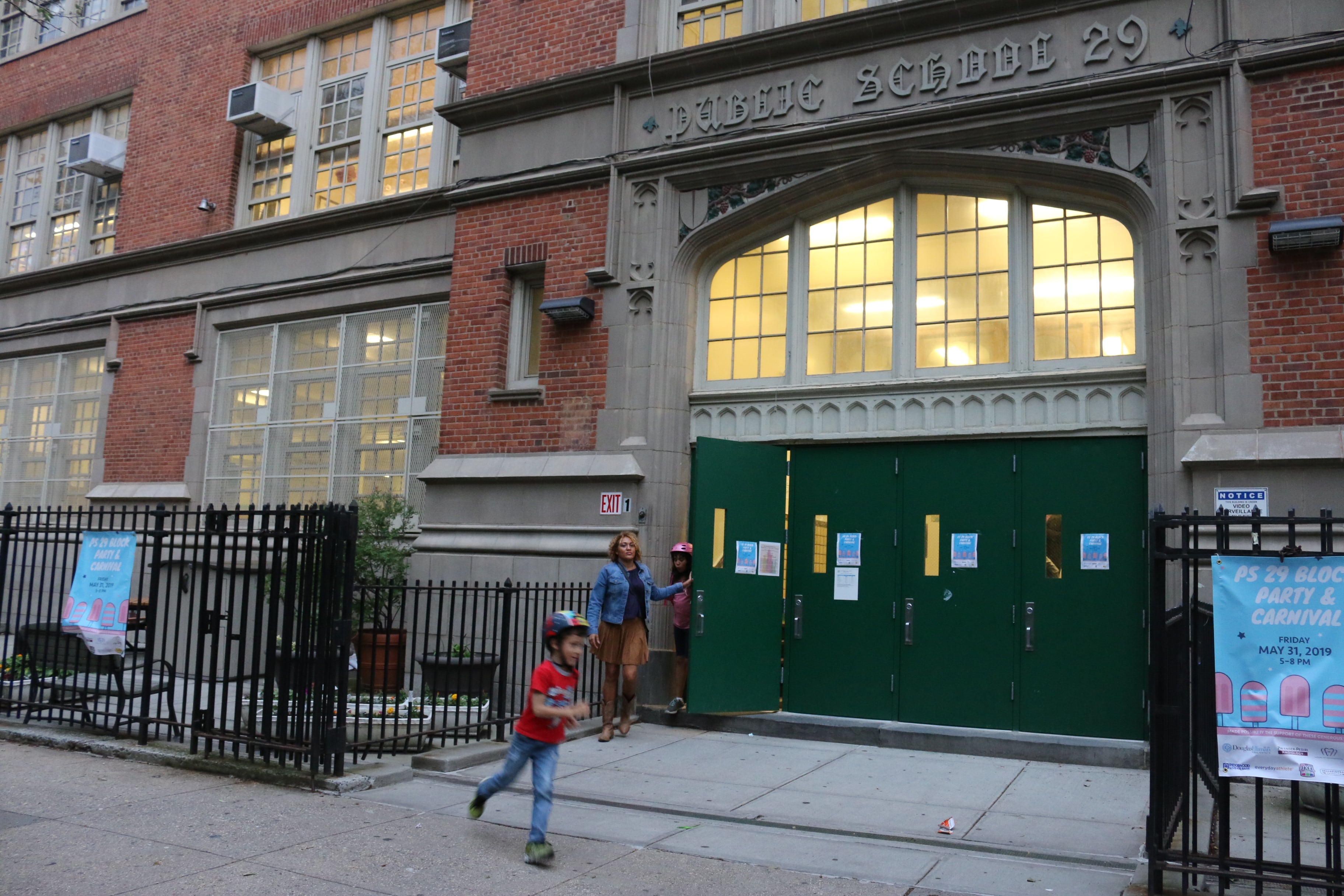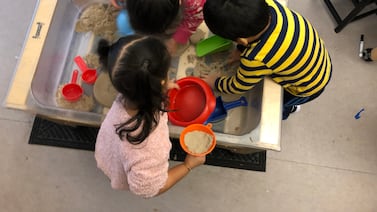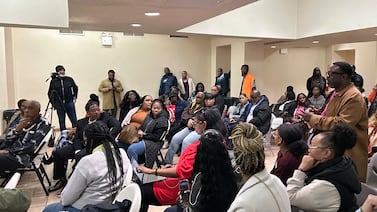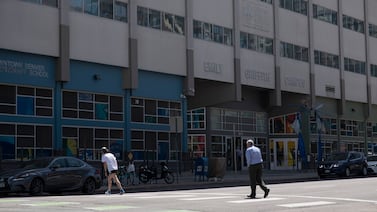As kindergarten applications opened Wednesday, a group of Brooklyn, Staten Island, and Manhattan neighborhood schools — some of which are among the city’s most coveted — are trying to increase the diversity of their student bodies.
The education department’s “diversity in admissions” program gives priority to students from low-income families, English language learners, those living in temporary housing or in the child welfare system. The program, which launched in 2015 with seven elementary schools, will expand to 31 elementary schools citywide next year and all of the schools in Manhattan’s Lower East Side/East Village District 1 .
Research shows that students benefit academically as well as socially when their classes are racially and socioeconomically diverse.
Where students live generally determines where they attend kindergarten. But there is some amount of choice, and families have until Jan. 18 to submit up to 12 ranked choices. Changing admissions priorities is one way the city hopes to address its status as one of the nation’s most segregated school systems.
Schools with new admissions policies
Among the dozen schools joining the“diversity in admissions” program for the 2022-23 school year are five in the northern corner of Brooklyn’s District 15, where an annex built for P.S. 32 in the Gowanus/Carroll Gardens area triggered the city to redraw the boundaries of several area elementary schools. The process tipped off debates not only in Brownstone Brooklyn’s predominantly white schools of Carroll Gardens’ P.S. 58 and Cobble Hill’s P.S. 29, but also in the largely working-class neighborhoods of Red Hook and Gowanus, where parents felt excluded from the process.
The education department put the rezoning on hold and turned to a different engagement process — participatory action research, or PAR— which trained and paid members of the affected communities to talk to their neighbors about the changes. After the community members created recommendations for the education department, the city decided to shutter Red Hook’s P.S. 676 and turn it into a new middle school.
Then six of the schools in this part of the district — P.S. 15, P.S. 29, P.S. 32, P.S. 38, P.S. 58, P.S. 261 — agreed to join the diversity in admission program. They’ll set aside 30% of their seats for students in an attempt to diversify their student bodies, which skew whiter and wealthier.
There are also two schools in Manhattan’s prestigious District 2 that will be part of the city’s diversity admissions program: TriBeCa’s P.S. 150 will set aside a quarter of its seats for students from low-income families, and Greenwich Village’s P.S. 41 will give priority to certain students once its seats are filled with children living within its zone. Staten Island has four existing schools that are tweaking enrollment to foster diversity — P.S. 9, P.S. 59, P.S. 65, and P.S. 80 — along with a new school opening in September, P.S. 84.
Additionally, District 24, which includes the Queens neighborhoods of Ridgewood, Woodside Elmhurst, Corona, Long Island City and Sunnyside, won a state diversity grant that will enable the launch of a science, technology, engineering and math program for it’s classes that mix general education students and those with disabilities at its predominantly low-income schools.
“High-quality early education sets our students up for success and we encourage all families to explore their kindergarten options and get their applications in before the deadline,” education department spokesperson Katie O’Hanlon said in a statement. “We’re thrilled to offer more diversity in admissions programs than ever before this year and can’t wait to welcome a new class of some of our earliest learners to schools in September.”
Kindergarten options
Most children apply and get into the neighborhood schools they are zoned for. Roughly a third of students listed a school outside of their zone as their first choice, according to an analysis of 2016-17 data released by the Independent Budget Office last month. The rates differed along racial lines, with Black students applying out-of-zone at the highest rate at 47%, while Asian American students had the lowest rate at 27%, the report found.
While 97% of the students who ranked their zoned school as No. 1 got their first choice, since preference is given to students living within a school’s zone, roughly 29% of students who ranked out-of-zone schools highest got their top choice, according to the analysis, which also found that Black, Latino, and Asian American students were less likely than their white counterparts to receive an out-of-zone offer if their first choice school was high-performing.
The way schools manage their waitlists, however, has changed since the IBO’s report, said Joyce Szuflita, a Brooklyn-based admissions consultant who runs NYC School Help. Previously, individual schools managed their waitlists, but now the waitlists are managed centrally. The move has made waitlists more transparent, she said, but gives schools less wiggle room on who to admit.
Often, the “squeaky wheels” got preference if there were any open seats in the fall, she noted. “It wasn’t about your privilege or race. It was about your tenacity,” she said. Often that may have correlated with race and class, she said, since there are more barriers in terms of time and transportation to get to schools outside of one’s neighborhood.
Szuflita predicts there will be less movements off of waitlists in general for the coming school year since there is not expected to be a gifted and talented program. Offers for those 2,500 G&T seats would often touch off a domino effect at local schools that suddenly had open seats.
“Now that G&T is not a factor outside the building — which I’m very happy about — the waitlists just aren’t going to move,” she said.
But there could be other wild cards, namely how enrollment dips might affect whether students can get into schools they’re not zoned for. As school enrollment has dipped, particularly in the younger grades, and especially at some of the city’s highest performing public schools which have lost families to the suburbs or private or parochial schools, out-of-zone students might have more of an opening this coming year at some schools.
Last year’s kindergarten enrollment was down 10% from the previous year, according to education department data. The city’s education department declined to provide this year’s kindergarten enrollment figures, saying that audited numbers were not yet available. But applications for this year’s incoming kindergarten class fell by 12% compared to the year before.






